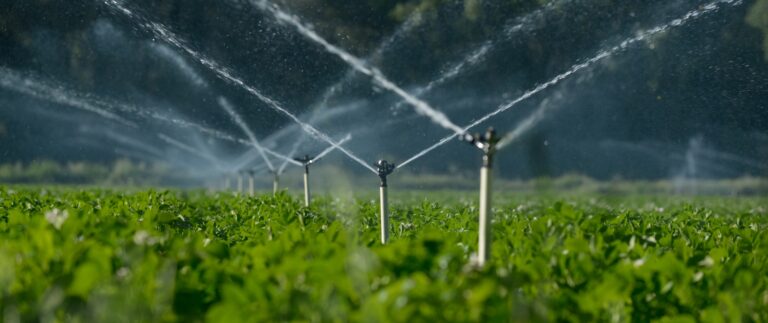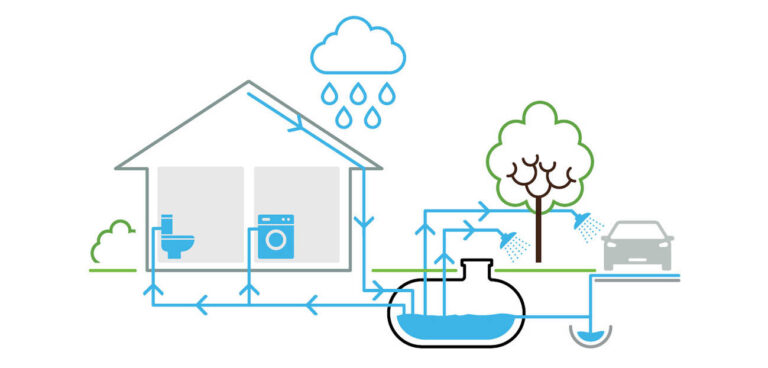In many developing country settings, rainwater harvesting is primarily used to collect water intended for potable and other domestic purposes within the home. In areas with established, reliable treated water distribution systems, rainwater is generally collected for non-potable applications such as outdoor landscape irrigation, toilet flushing, and laundry.
The viable rainwater harvesting options in a given location are dependent on factors such as existing water source quality, collection/storage costs, sustainability of supply, precipitation levels, household income level, and other relevant considerations.
Implementing a basic household rainwater harvesting program requires careful consideration of feasibility. Prior to beginning, it is prudent to systematically address three important questions:
First, one must evaluate whether the existing water sources are perceived as inadequate to meet community needs in terms of quantity, quality, reliability, or accessibility. A surface-level assessment of resident satisfaction with current supplies would help validate potential rainwater system benefits.
Second, local capacity and skills must be examined. Are resources available to properly design, install, and maintain additional rainwater catchment infrastructure over the long term? If not internally, could training be provided to develop this expertise? Sustainability is a foremost concern.
Third, the per capita roof catchment area must be calculated relative to projected water demands, tank volumes, and average rainfall patterns. Insufficient collection surface could compromise yield and year-round self-sufficiency. System sizing requires accurate data.
These questions merit thorough research and discussion with stakeholders before proceeding. If answers are unclear or needs cannot be realistically addressed through rainwater harvesting, alternative solutions should be explored.
Advantages
Rooftop water collection helps communities adapt to climate change in two main ways.
First, it makes household water supplies more varied. Relying on harvested rain and other sources reduces the risks of depending on just one.
Second, it increases resilience when water quality starts to decline. Stored rainwater is less exposed to problems polluting other supplies.
It can also cut pressure on underground and surface water like reservoirs cities use. Less demand through rain collection preserves these sources. Some places have refilled groundwater by catching roof runoff.
Collecting rooftop rainfall may further help with flooding by catching water during heavy storms.
Experts expect climate change to bring more unpredictable rain patterns, which developing nations especially face near the equator. Stored rain provides short-term relief if rainfall drops or other supplies fail or get dirty.
Requirements
Collecting roof rainfall into storage containers has been a regular practice for thousands of years in parts of Africa and Asia. In places where rooftop collection is common, basic home systems can work well with little training or support – local suppliers of storage tanks and other parts are usually available.
Operation and maintenance mainly require simple cleaning and basic repairs. Still, guidance on protecting water quality, like first-flush diversion and filters, plus smart rainwater budgeting, likely leads to better results.
Establishing a rooftop collection somewhere unfamiliar requires more effort. The hardest parts may be creating enough demand for a self-sustaining industry and setting up supply chains. But rainwater hardware isn’t very specialized – acceptable tanks and pipes can be found worldwide. References offer advice on starting new programs.
Compared to simple setups, home systems using two separate pipe networks need plumbers trained in dual installations.
Basic rooftop collection involves households managing and using rainwater individually with minimal outside requirements. Yet storage tanks often benefit from economies of scale – groups of homes can direct rainfall to one or more large shared containers for cost savings.







